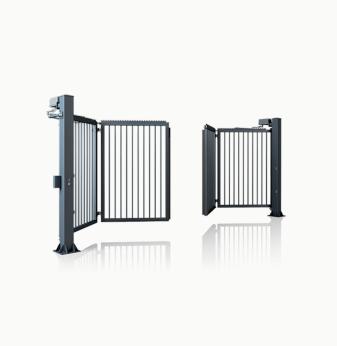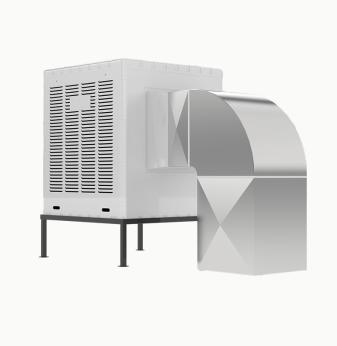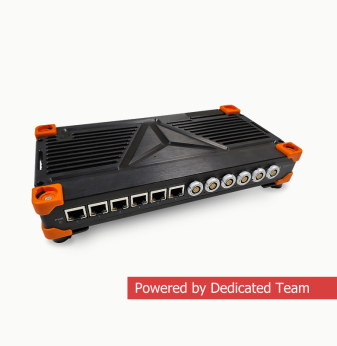Integrating CANopen and EtherCAT for High-Precision Robotics Control
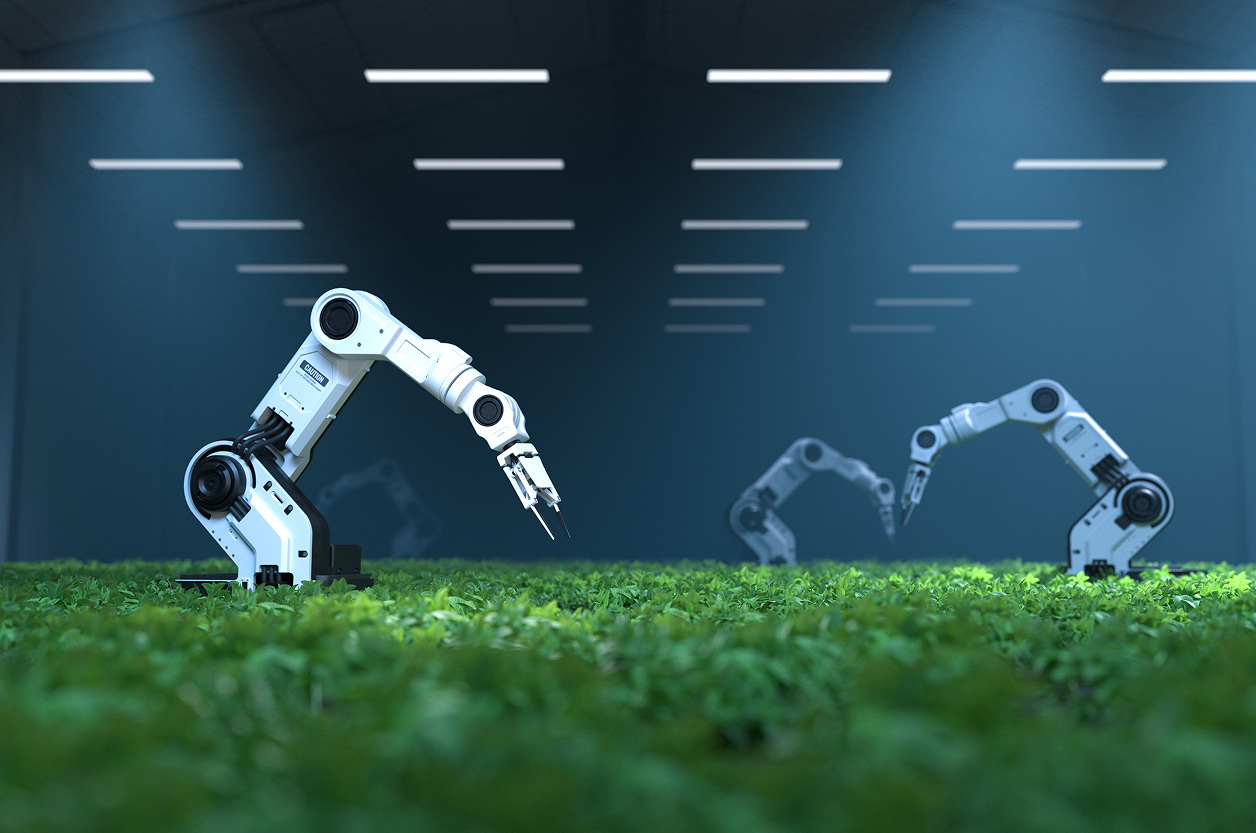
Why protocol integration matters in robotics control
Industrial robotics requires precise, coordinated movement, often with sub-millisecond timing accuracy. To achieve this, engineers must rely on deterministic communication protocols that ensure devices such as sensors, actuators, and controllers exchange data reliably and predictably. Two widely used protocols in this space are CANopen and EtherCAT.
While both have their strengths, combining them in a single system can deliver the best of both worlds: the simplicity and robustness of CANopen for device-level communication, and the ultra-low latency of EtherCAT for high-speed, synchronized motion control. This integration is becoming increasingly relevant as robots evolve to handle more complex tasks, from collaborative assembly lines to surgical assistance and autonomous navigation.
Core characteristics of CANopen and EtherCAT in robotics
CANopen, based on the Controller Area Network (CAN) protocol, is valued for its reliability, ease of implementation, and suitability for distributed control systems. It excels in environments where fault tolerance, standardized device profiles, and cost-effective wiring are priorities.
EtherCAT (Ethernet for Control Automation Technology) offers significantly higher bandwidth and near-instantaneous data exchange by processing frames on the fly. It is particularly well-suited to applications that require tight synchronization, such as multi-axis motion control in robotics.
In robotics systems, CANopen is often used for managing peripheral devices — for example, limit switches, encoders, grippers, and auxiliary sensors. EtherCAT is typically employed in the motion control backbone, connecting servo drives and controllers with real-time precision.
Key questions when integrating CANopen and EtherCAT
- How can system architects ensure deterministic performance when combining two different network protocols?
- What gateway solutions or bridge devices are most effective for translating between CANopen and EtherCAT data structures?
- How can engineers manage network topology to minimize latency while ensuring redundancy?
- Which device profiles and communication objects are most critical to harmonize between the two protocols?
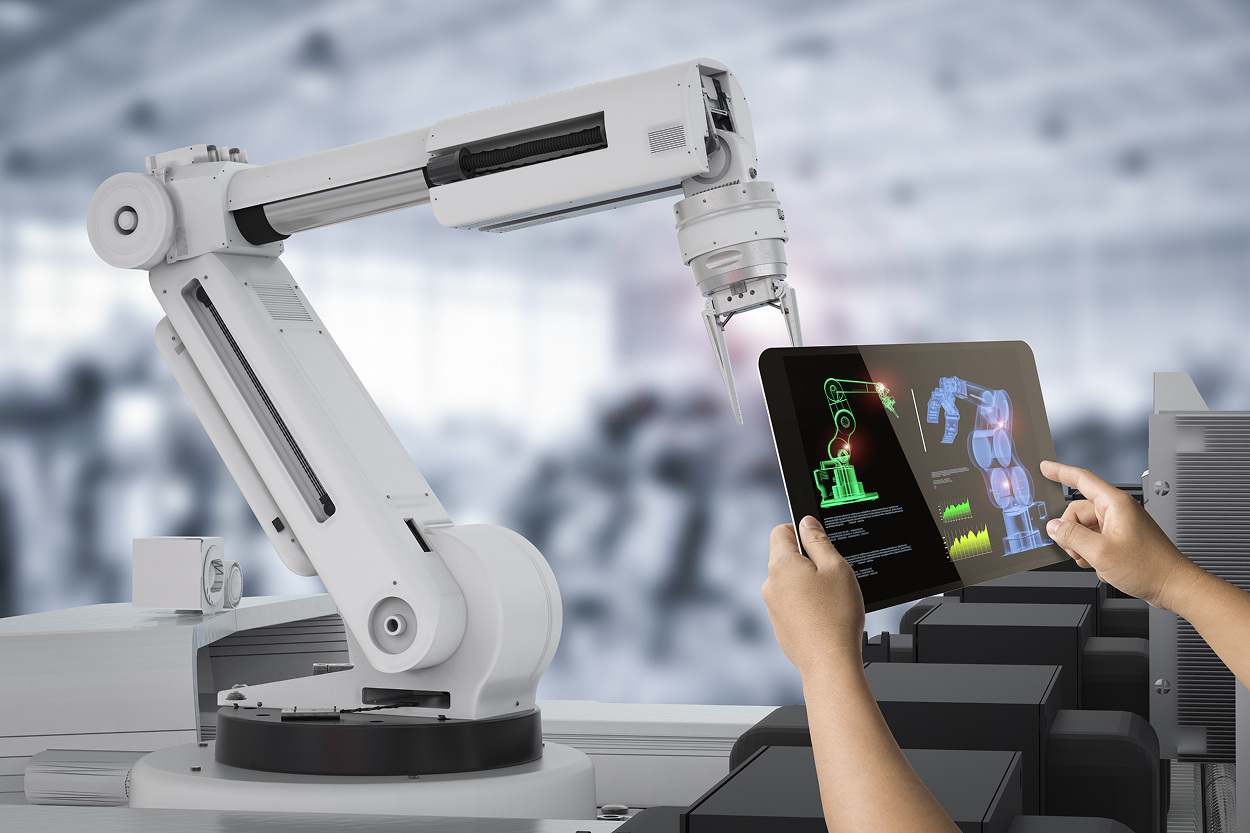
Practical examples and industry adoption
In advanced assembly lines, robots equipped with EtherCAT-based servo drives achieve sub-millisecond synchronization across multiple axes. Meanwhile, CANopen networks handle safety systems, end-of-arm tooling control, and environmental sensors.
Automated guided vehicles (AGVs) often integrate CANopen for peripheral device control and EtherCAT for navigation and propulsion systems. This allows the AGV to combine robust safety communication with precise movement coordination.
Collaborative robots (cobots) use EtherCAT to synchronize motion between joints while relying on CANopen to communicate with grippers, vision systems, and external safety devices. This architecture ensures both high-speed motion control and dependable peripheral interaction.
Manufacturers are also deploying protocol bridges that allow EtherCAT master devices to communicate directly with CANopen slaves without the need for extensive custom software. This approach simplifies integration and reduces development time.
The future of hybrid protocol robotics networks
As robotics becomes more integrated with AI-driven decision-making, the ability to merge multiple communication protocols seamlessly will be a competitive advantage. Hybrid networks that combine EtherCAT’s real-time motion capabilities with CANopen’s robustness for device control will be increasingly common in high-mix, high-precision manufacturing environments.
Standardization efforts may also lead to more off-the-shelf solutions for protocol translation, enabling faster deployment and reducing engineering overhead. In addition, as Industry 4.0 and Industrial IoT expand, the combined use of CANopen and EtherCAT could extend beyond robotics into mobile platforms, smart factories, and autonomous industrial systems.
In the long term, we may see embedded systems capable of acting as both EtherCAT masters and CANopen managers in a single device, reducing hardware complexity and improving system reliability. This evolution will help robotics manufacturers achieve the precision, flexibility, and scalability required in next-generation automation.
Our Case Studies

